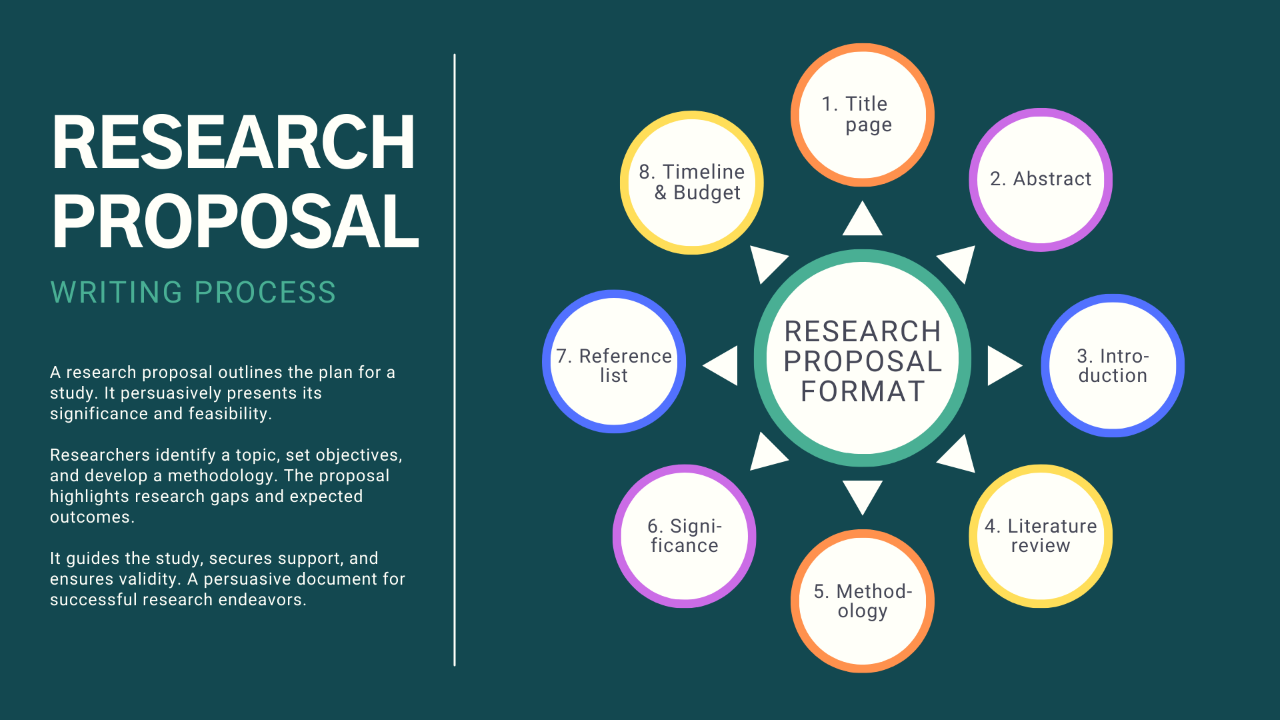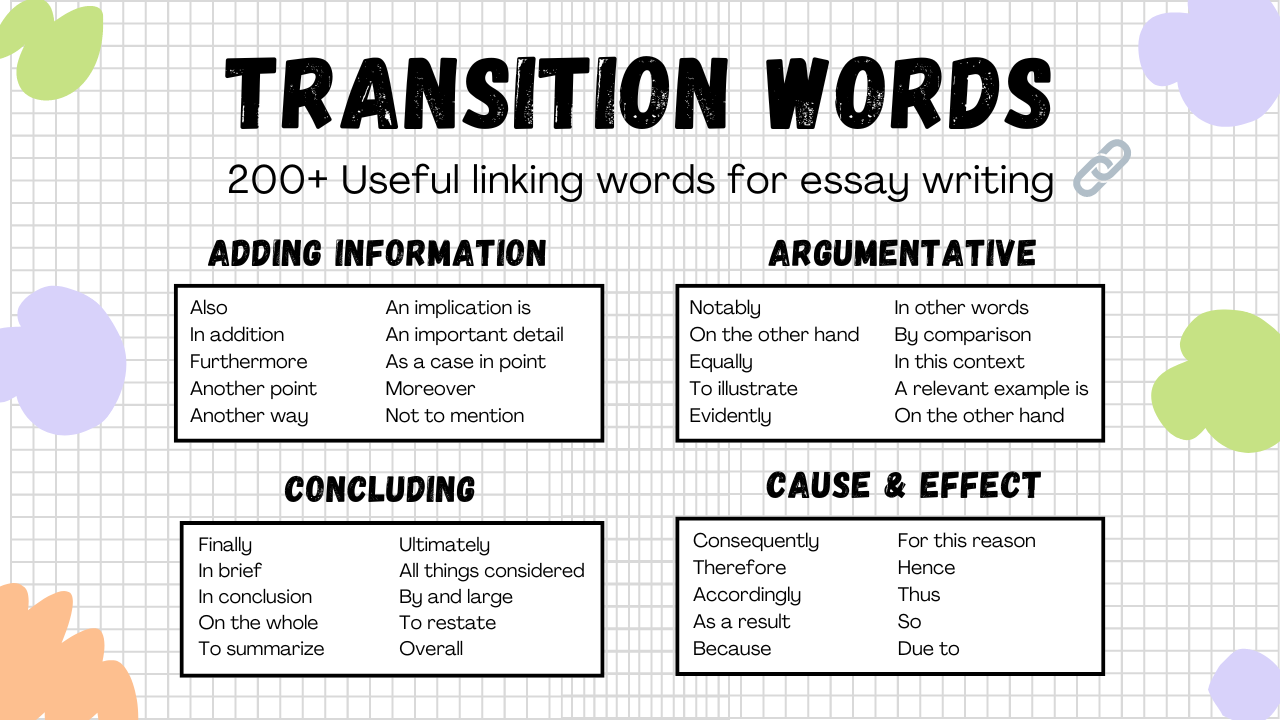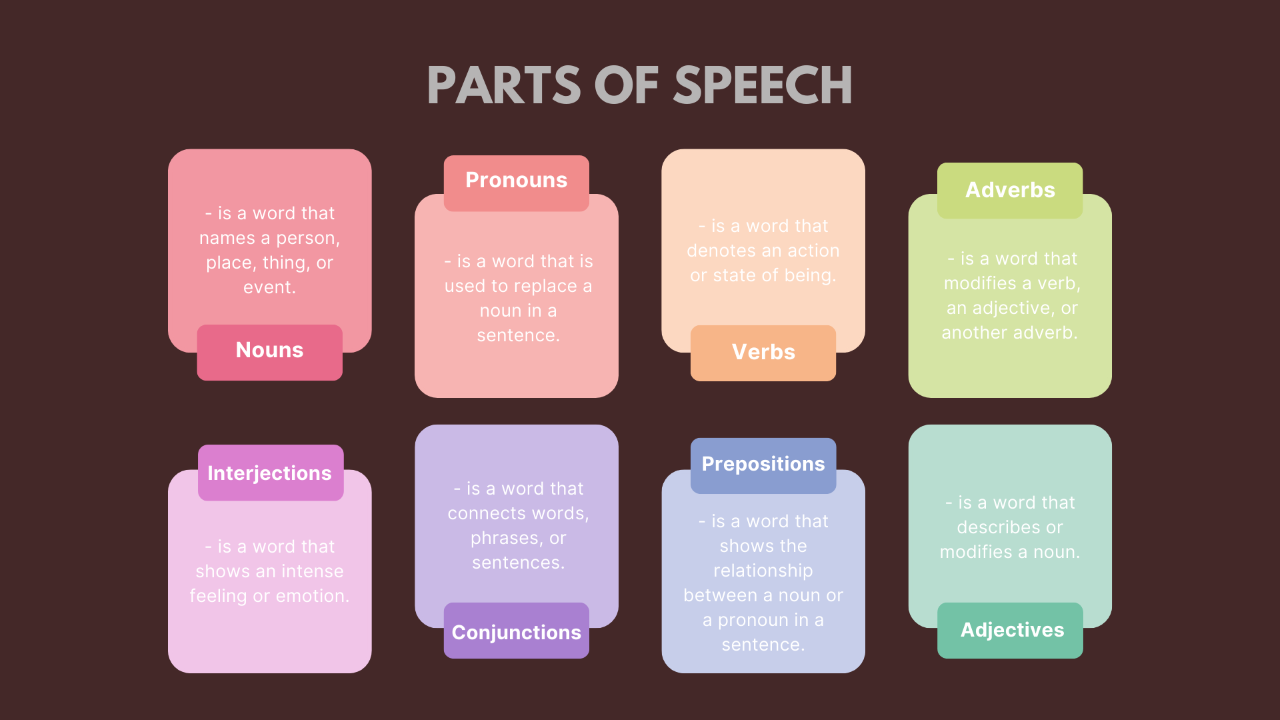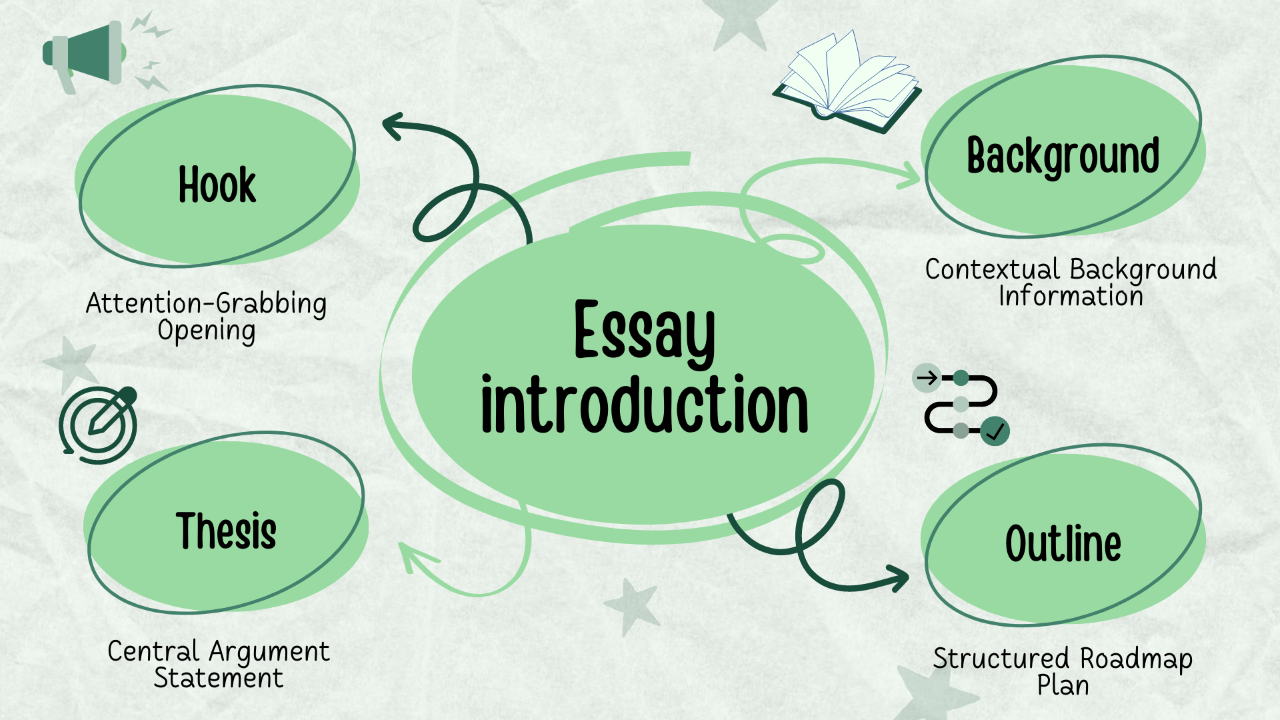
A Step-by-Step Guide to Writing a Research Proposal: Purpose, Topics, Format & Significance

A well-written research proposal is of utmost importance for any student or researcher starting on a research project. It serves as a roadmap that outlines the objectives, methodology, and expected outcomes of the study. The process of writing a well-structured research proposal not only helps in clarifying the research goals but also plays a crucial role in securing funding, obtaining ethical approvals, and gaining the support of supervisors and peers.
By following a systematic approach to writing a research proposal, students and researchers can demonstrate their commitment, knowledge, and expertise in the chosen field of study. A well-written research proposal showcases the feasibility and originality of the proposed research, making a compelling case for why it should be pursued. Additionally, it enhances the researcher's credibility and showcases their ability to conduct rigorous and meaningful research.
Definition and purpose of a research proposal
A research proposal can be defined as a written document that outlines the plan, objectives, and methodology of a research project. It serves as a detailed blueprint that guides the researcher in conducting the study. The primary purpose of a research proposal is to communicate the significance, feasibility, and potential impact of the proposed research to relevant stakeholders, such as funding agencies, supervisors, and academic institutions.
The research proposal provides a clear and concise overview of the research topic, research questions or hypotheses, and the intended research methodology. It explains the rationale behind the study, highlighting the gaps or limitations in existing knowledge that the research aims to address. Furthermore, the proposal outlines the expected outcomes or contributions of the research, demonstrating its potential value to the academic or practical field.
A well-written research proposal not only showcases the researcher's understanding of the subject matter but also demonstrates their ability to design and execute a rigorous research study. It is a persuasive document that seeks to convince the intended audience of the merit and importance of the proposed research.
Length of the research proposal
The length of a research proposal varies based on requirements and project nature. Typically, proposals range from 5-8 pages. While there's no strict rule, it should provide a comprehensive overview of objectives, methods, and significance, with enough detail to demonstrate feasibility and impact.
For undergraduate or master's proposals, aim for 1,500 to 3,000 words (excluding references and appendices). Doctoral or PhD proposals can extend to 5,000 words or more. Check guidelines from your institution or funding agency for recommended lengths.
Remember, quality and clarity are more important than sheer length. Focus on presenting a well-structured and concise proposal that effectively communicates the research objectives, methodology, and expected outcomes.
Importance of selecting a relevant and interesting topic
The process of selecting a research topic is a critical step in writing a research proposal. Choosing a relevant and interesting topic is essential for several reasons. First and foremost, a well-selected topic increases the chances of the research being engaging and meaningful to both the researcher and the intended audience. It helps maintain motivation and enthusiasm throughout the research process.
Selecting a relevant topic is also crucial for contributing to the existing body of knowledge. By addressing gaps or limitations in current literature, the research can make a significant impact in the field. A relevant topic ensures that the research findings have practical applications, potential policy implications, or theoretical advancements.
Furthermore, a well-chosen topic enhances the feasibility of the research project. It ensures access to necessary resources, such as data, literature, or research participants, making the research process smoother and more efficient. A relevant topic also increases the potential for securing funding or obtaining necessary approvals for the research.
Considerations for topic selection
When selecting a research topic, several considerations should be taken into account:
- Personal interest and expertise: It is important to choose a topic that aligns with your interests and areas of expertise. A genuine interest in the topic will keep you motivated and passionate throughout the research process.
- Significance and relevance: Consider the significance of the topic in the broader context of the field. Is the topic timely and relevant? Does it address a research gap or contribute to ongoing debates in the field? Assessing the relevance of the topic ensures that the research has a meaningful purpose.
- Feasibility: Evaluate the feasibility of the research topic. Consider the availability of resources, such as data sources, research participants, or laboratory facilities. Assess the time and financial constraints associated with the topic. A feasible topic ensures that the research can be completed within the given time frame and available resources.
- Research scope: Determine the scope of your research. Is the topic too broad or too narrow? It is important to strike a balance to ensure that the research is manageable and focused. Narrowing down the research scope allows for a more in-depth analysis and focused research questions.
Narrowing down the research focus
To narrow down the research focus, consider the following steps:
- Conduct preliminary research: Engage in initial exploration of the topic through literature reviews, online databases, and discussions with experts. This will help identify existing research gaps and potential areas of interest.
- Refine the research question: Based on the preliminary research, develop a specific research question that encapsulates the main objective of your study. The research question should be clear, concise, and address a specific aspect of the topic.
- Identify sub-topics or sub-questions: Break down the main research question into smaller sub-topics or sub-questions. This helps in organizing the research and ensuring a systematic approach.
- Evaluate feasibility and resources: Assess the feasibility of each subtopic or sub-question. Consider the availability of resources, access to data, and the practicality of conducting research on each aspect. This evaluation will help identify the most feasible and promising direction for the research.
By carefully considering the importance of topic selection, evaluating various factors, and narrowing down the research focus, you can choose a relevant, interesting, and feasible topic for your research proposal. This ensures a strong foundation for the research project and increases the likelihood of its success. Here are some example research topics based on different fields that can serve as inspiration:
Example research proposal topics in the field of psychology:
The impact of social media on mental health among adolescents: A quantitative study
Examining the effectiveness of cognitive-behavioral therapy in treating anxiety disorders
Investigating the relationship between childhood trauma and adult attachment styles
Example research proposal topics in the field of education:
The role of technology in enhancing student engagement in the classroom: A mixed-methods study
Exploring the effectiveness of inclusive education practices for students with disabilities
Investigating the impact of teacher-student relationships on academic achievement
Example research proposal topics in the field of environmental sciences:
Assessing the long-term effects of climate change on biodiversity in a specific ecosystem
Evaluating the effectiveness of renewable energy policies in reducing carbon emissions
Investigating the relationship between air pollution and respiratory diseases in urban areas
Example research proposal topics in the field of business and management:
Analyzing the impact of corporate social responsibility on consumer purchasing behavior
Exploring the factors influencing employee job satisfaction and retention in the hospitality industry
Investigating the role of leadership styles in organizational innovation and performance
Example research proposal topics in the field of sociology:
Examining the social determinants of health inequalities in marginalized communities
Understanding the Dynamics of Homelessness: A Multi-Dimensional Analysis
Exploring the role of social networks in shaping political participation among young adults
Example research proposal topics in the field of economics:
Analyzing the Determinants of Consumer Demand for Electric Vehicles: A Quantitative Study
Investigating the Impact of Income Inequality on Consumer Spending Patterns: A Microeconomic Analysis
Assessing the Elasticity of Demand for Healthcare Services: An Econometric Analysis
Research proposal format
The format of a research proposal plays a crucial role in presenting your ideas and research plan effectively. A well-organized and structured proposal enhances readability and demonstrates professionalism. Here are the key components typically included in a research proposal format:
- Title page
- Abstract
- Introduction
- Literature review
- Research methodology
- Significance and expected outcomes
- References
Note: The specific format and sections may vary depending on the requirements of your institution or funding agency. Always refer to the guidelines provided and adapt the format accordingly.
Title page
The title page is an essential component of a research proposal as it provides important information about the project and sets the tone for the document. It typically appears at the beginning of the proposal and includes the following components:
- Title of the research proposal: The title should accurately and concisely reflect the main focus of the research. It should be informative, engaging, and capable of capturing the reader's attention. The title should also be specific enough to convey the scope of the research.
- Researcher's name: The title page should include the name of the researcher or researchers involved in the project. This provides recognition and establishes authorship.
- Supervisor's name: It is important to include the name of the supervisor or advisor who will oversee the research. This indicates the academic guidance and support the researcher will receive during the project.
- Institution and department: The title page should state the name of the institution or university where the research will be conducted, as well as the department or program to which the researcher belongs. This information helps provide context and credibility to the research proposal.
Abstract
The abstract is a concise summary of your research proposal. It should provide an overview of the research objectives, methodology, and expected outcomes between 100-150 words paragraphs. The abstract serves as a quick reference for readers to understand the main points of your proposal without going into the full details.
Introduction
The introduction section of a research proposal serves as the foundation for your study by providing the necessary context and background information. It aims to engage readers, set the stage for your research, and establish the significance of the topic. Here are the key elements to include:
Providing context and background information
- Research Context: Begin by introducing the broader research context and explaining the relevance of the topic. Discuss the field or discipline in which your research is situated and highlight any current trends, debates, or gaps in knowledge that make your study necessary.Begin by introducing the broader research context and explaining the relevance of the topic. Discuss the field or discipline in which your research is situated and highlight any current trends, debates, or gaps in knowledge that make your study necessary.
- Background Information: Provide essential background information to help readers understand the subject matter. This may include historical context, theoretical frameworks, or previous research findings related to your topic. Summarize key studies or theories that are relevant to your research and demonstrate your understanding of the existing body of knowledge.
- Reference to Key Literature: Strengthen the rationale for your research by referencing relevant literature. Discuss how the existing literature supports the need for your study and contributes to its importance.
Rationale for conducting the research
- Research Problem: Clearly state the research problem or question that your study seeks to address. Identify the specific issues or gaps in knowledge your research aims to explore or contribute to.
- Justification: Explain why it is essential to investigate this research problem. Discuss the potential implications, benefits, or practical applications your research can offer. Highlight any academic, social, or policy implications that make your study relevant and timely.
- Research Objectives: Outline the specific objectives of your research. Ensure they are clear, measurable, and aligned with the research problem identified earlier.
Synopsis of proposal organization
Towards the conclusion of the introduction, it is recommended to provide a summary or overview of how the research proposal is structured and organized. This outline serves as a guide for the reader, highlighting the main sections or components of the proposal and their respective order. By including this outline, the reader gains a clear understanding of the overall organization and flow of the proposal, facilitating their navigation through the document.
By following this structure, your introduction will effectively provide the necessary context, present a strong rationale, and outline the organization of your research proposal.
Literature review
The literature review is a crucial section of your research proposal as it involves a critical analysis of existing research and scholarly works relevant to your research topic. It expands on the key literature referenced in the introduction and demonstrates your familiarity with the current state of knowledge. By reviewing the existing literature, you can identify gaps, limitations, or areas that require further investigation, thereby emphasizing the need for your research. Additionally, the literature review helps position your research within the broader academic discourse.
To conduct an effective literature review, it is important to go beyond a mere summary of individual studies or theories. Instead, you should engage in critical analysis and evaluation of the existing research. Consider the following aspects during your analysis:
- Methodologies: Examine the methodologies employed in the studies you review. Evaluate their appropriateness, validity, and reliability in addressing the research questions or objectives.
- Arguments and Debates: Identify the main arguments and debates within the literature. Evaluate the different perspectives, theories, or models presented and consider how they relate to your research topic.
- Synthesis and Integration: Synthesize and integrate the findings and conclusions of multiple studies to identify commonalities, discrepancies, or trends in the literature. This synthesis helps to build a cohesive understanding of the research area and inform the direction of your own study.
Outlining the research methods and design
In the Method and Design section, we will outline the approach for collecting data and testing your research questions. After conducting a thorough literature review and restating your main objectives, this section brings the focus back to your own project. Here, you will describe your research design or methodology, providing an overview of your overall approach and the practical steps you will take to answer your research questions.
Method: Data collection approach
Begin by describing the specific methodology you would employ to gather data and test your hypotheses. Consider existing research articles in your field to determine standard practices for assessing knowledge in your area of study. Adapt one of these methods to suit the specific needs of your research project.
Explain the rationale behind your chosen method, highlighting why it is the most appropriate for achieving your research objectives. Justify how this method aligns with your hypothesis(es) and provides the necessary data to support your study.
Participants: Selection and justification
Next, describe the characteristics of the sample you would test and provide a clear rationale for your participant selection. Include relevant details such as age, language background, and socio-economic information, if applicable to your research design. Discuss why you have chosen this particular sample, emphasizing how it aligns with your research goals and hypothesis(es). Consider the relevance of the participants' characteristics to the specific research question being investigated.
Additionally, address any participants that you would exclude from your study and provide a rationale for these exclusions. Justify why certain individuals may not be suitable for your research, taking into account factors such as eligibility criteria, potential biases, or other relevant considerations.
Design: Stimuli and hypothesis testing
Outline the appearance and characteristics of the stimuli you would use in your research design. Describe the manipulations or variations you would introduce to test your hypothesis(es) effectively.
Explain the factors you would vary when presenting stimulus sentences to participants. Clarify how these variations would allow you to confirm or disconfirm your hypotheses. Consider the significant differences that would need to be observed in order to support or challenge your hypothesis(es).
Controls: Accounting for confounding factors
Discuss the factors that need to be controlled for in your study to ensure the validity and reliability of your results. Identify the potential effects that could occur and influence the interpretation of your findings, both in favor of and against your hypothesis(es).
Explain how your research design addresses or rules out these apparent effects. Detail the steps taken to control for confounding factors, such as counterbalancing, randomization, or other suitable techniques.
Procedure: Stimulus presentation and participant tasks
Describe how you intend to present the stimuli to the participants. Explain the procedure that the participants will follow during the experiment. Provide a clear and concise overview of the steps involved, ensuring that the process aligns with the research methodology and objectives.
Analysis: Interpreting the results
Discuss the analysis approach you will employ to examine the collected data. Explain the statistical or qualitative techniques you will utilize to analyze the results and draw meaningful conclusions.
Describe the types of results that would confirm your hypothesis(es) and provide evidence in support of your research objectives. Additionally, consider the possible results that would disconfirm your hypothesis(es) and discuss the potential implications of such outcomes.
By addressing these methodological and design considerations, you can ensure a robust and comprehensive approach to collecting data, testing hypotheses, and analyzing the results.
Significance of research
In a research proposal, it is crucial to emphasize the originality and importance of your proposed study. This section aims to convince the readers that your research is valuable and worth undertaking. Consider the following key points:
- Identify research gaps and limitations in the current knowledge.
- Highlight the originality and uniqueness of your research.
- Discuss the practical significance and potential applications of your findings.
- Situate your research within the broader scholarly dialogue.
- Build upon existing theories, frameworks, and methodologies.
- Introduce methodological advancements, if applicable.
By emphasizing the originality, importance, and practical significance of your research, as well as showcasing how it builds upon existing knowledge and identifies research gaps, you establish a strong rationale for conducting your study. This section helps readers understand the value and relevance of your research and provides a solid justification for its significance within the academic and practical realms.
Reference list
A well-constructed reference list is an essential component of a research proposal. Follow the specific formatting style required by your academic institution or the guidelines provided by the target journal or funding agency. Common academic styles include APA (American Psychological Association), MLA (Modern Language Association), Chicago, or Harvard.
A well-written research proposal plays a pivotal role in the success of any student or researcher starting on a research project. Serving as a roadmap for the study, it not only outlines the objectives, methodology, and expected outcomes but also clarifies research goals and secures essential support and approvals. By following a systematic approach and demonstrating commitment and expertise, researchers can showcase the feasibility and originality of their proposed research, making a convincing case for its pursuit. Moreover, a well-structured research proposal enhances the researcher's credibility and signifies their ability to conduct rigorous and meaningful research. Taking into account the guidelines, format, and significance discussed in this guide, researchers can get help to write effective research proposals that set the stage for impactful and successful research writing.
Free Sample Essays & Papers
Download free PDF examples of essays and papers in various subjects, all with different citation styles! Get inspired, conquer writer's block, and find the perfect format for your next assignment. Click to download now!





